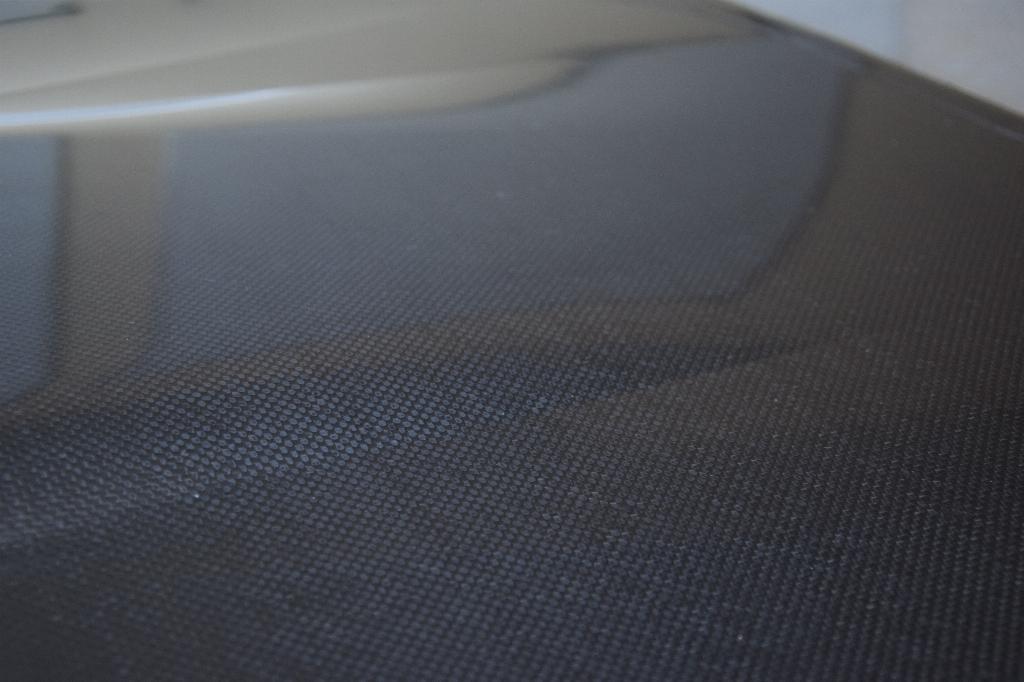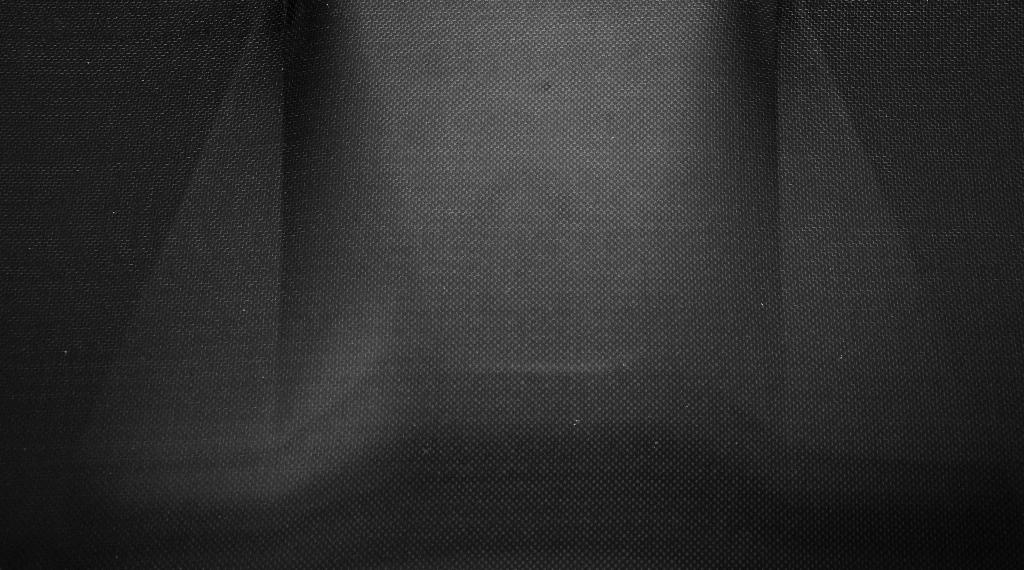Making sense with thermoplastics

Ed Hill speaks to Mike Orange from Cecence about the development of K_Series, a new material that offers greatly reduced cycle times.
>
When composite material specialist Cecence started looking into the possibility of developing a new thermoplastic material the company’s initial goal was to make a resin/carbon fibre product that could be continually remoulded for artificial limbs and Paralympic equipment.
Mike Orange, Cecence design and engineering director, begins: “Because you can keep reforming this thermoplastic it is ideal for something like prosthetics and other applications where materials have to adapt to people’s body shapes.
“Parents of disabled children spend thousands of pounds buying new carbon fibre limbs each time a new one is needed and the old one is thrown away. With our system because it is able to be remoulded you can keep adapting and adding to any shape. So you have the strength and weight properties of a carbon fibre prepreg, but with the benefit of being able to reform it.”
However, the company realised that to commercialise the new material in such a niche market would prove difficult. Nevertheless, there was another major benefit the material mix offered; it could dramatically reduce processing times for composite parts.
Orange continues: “We thermoform the material, which means getting it hot, forming it, and then cooling it again. Cecence has already developed more traditional thermoset materials that can be ‘Snapcured’ to reduce cycle times, but thermoplastics offer even greater reductions.”
In the heat
Cecence’s material is a thermoplastic, combined with an epoxy resin which can be combined with glass or carbon fibre and put into a mould. The process relies on heat and a small degree of pressure to form components rather than chemical curing used with carbon fibre thermosets.
“Really, the big benefit is we can make a composite part in sub-3 minutes,” Orange explains. “We can heat it from 30°C to 200°C in 40 seconds to the point where it is supersoft, put it in a mould for 30 seconds (or heat it when it is already in the mould), and then cool it back down again and remove it from the tool. You could call it Snapforming!”
At the JEC World show in Paris Cecence were part of a process demonstration to make a car bonnet body panel.

“I recorded the process taking 2 minutes 40 seconds from the moment the material was put into the cold tool, heated, and then taken out again.”
Cecence’s biggest challenge has been sourcing pressing and tooling equipment with the required temperature control system to heat and then cool the part.
“It is really only a matter of heat control,” says Orange. “In fact existing tools which currently make car body panels could be adapted. Also you don’t need thousands of tonnes of pressure because the material is supersoft when it is formed in the mould. One of the tooling companies we work with said this was the fastest thermoplastic they had ever used.”
An additional benefit of the material is that traditional paint finishes can be applied to it without the need for abrasion. This can be the case with traditional plastics such as PolyPropylene (PP) or Nylon (PA-PolyAmide) materials that can also require specialist paints.
Other advantages include operator safety, because the workforce is not having to handle or be exposed to high temperatures, easier reparability and the opportunity to produce a broader range of parts.
“So far we have formed parts 30mm thick without generating the heat that a chemical cure would do,” notes Orange. “This means there is really no limit to the thickness of the component that can be formed. Thermosets, if cured quickly, are best used for thinner parts, otherwise there is a risk of too much chemical reaction and heat build-up - exotherm.”
New opportunities
An obvious market for fast forming composite materials is the automotive sector. Body panels and trims are an evident application but Orange is sure there are other areas where the material has potential.

“It is a toughened epoxy so it’s very good for impact damage and energy absorption. This means it has the potential to be used in a crash assembly or other structural components rather than just body panels.”
K_Series material also offers weight saving potential for an increasingly emission regulated automotive market.
“Reducing emissions through new engine technology alone is difficult,” comments Orange. “The main way it can be achieved is by reducing weight in the rest of the car structure. With composite materials for body panels and structural weight we calculate you can save 25% on the overall vehicle weight.”
However, the company is aware that at present the raw material costs of composite materials make adoption into very high volume markets prohibitive. That is why reducing labour costs by adopting thermoformed materials such as those Cecence is developing could be so beneficial.
Into aerospace
An important recent development is the advance that the material now has Fire Smoke and Toxicity (FST) certification for the aerospace sector, this new ‘KFR_Series’ material opens up potential for many new applications.
“The aerospace market already uses a lot of composite materials, but they involve a large amount of hand processing which introduces human error risk,” Orange observes. “Parts are hand layered up in moulds and put into autoclaves where pressures and heat variations can affect the quality. By putting these parts into a machine similar to the one we use to thermoform them, you can produce a part with the press of a button. It means you have a much more repeatable process, which also helps to optimise your quality control standards.”

Cecence anticipates the material mainly being used for aircraft interior components such as seat backs and overhead lockers.
“It’s unlikely we would seek certification for aerospace structural components, but for cosmetic parts it is a new market in which we can bring down cost by faster cycle times. The aerospace industry is seeking processes that have less chance of introducing errors and variants as well as the potential for more automation. With this material you could get higher levels of consistency.”
Cecence is already working on a number of R&D projects for the new material in the automotive sector. It is also keen to attract partners and projects which will demonstrate how effective it can be in medium scale production.
“We are achieving sub-three-minute carbon fibre structurally reinforced components with an A-class finish, so productivity can be massively increased,” Orange says. “However, we need to look further into feasibility projects and ultimately develop medium scale contracts that will cover tooling costs over a year.
“This material really needs to be used in bigger volumes before the wider manufacturing community will see all the benefits. We require companies who are willing to make a leap of faith and fully demonstrate its potential in a project and prove the due diligence they have undertaken for their application. It’s unlikely costs will come down until that has been shown.”
Orange says Cecence’s approach with its partners – as with all its materials – is focused on developing the whole process from start to finish.
He concludes: “This is where mass transportation composite materials are advancing. We are absolutely committed to reducing processing times. This means we like to get involved in the whole development process. We also like to be flexible so we can produce completed parts for people or we can make the first percentage of a batch run and then hand over the process to them. We understand it is important to be a driver industrialising an idea rather than just turning up with a new material and saying, ‘who wants it?’.”
Cecence will be on stand N113 at Advanced Engineering 2016.
Click here to watch our video with Cecence








